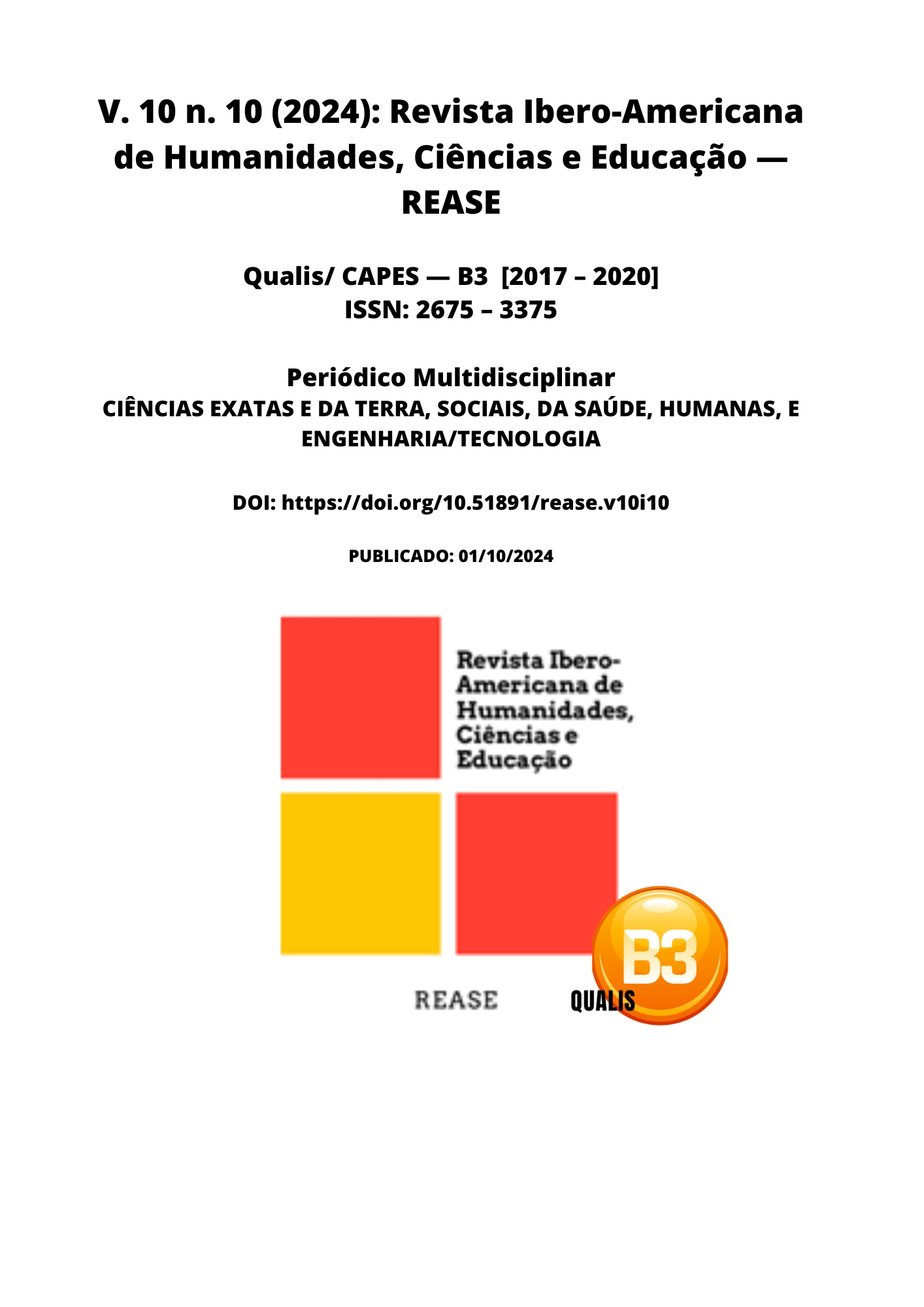IDIOPATHIC PERIPHERAL FACIAL PARALYSIS OF BELL
DOI:
https://doi.org/10.51891/rease.v10i10.16227Keywords:
Paralysis. Neurology. Peripheral facial paralysis.Abstract
Bell's palsy, or idiopathic facial paralysis, is a neurological condition characterized by sudden paralysis of one side of the face, resulting from inflammation of the facial nerve (cranial nerve VII). Although the exact cause remains unknown, there is a strong association with viral infections, particularly herpes simplex virus type 1 (HSV-1). The global prevalence is estimated to be between 15 and 30 cases per 100,000 population annually, accounting for 60-70% of peripheral facial paralysis cases. Early recognition is essential to differentiate Bell's palsy from more serious conditions, such as strokes. Treatment typically involves the administration of corticosteroids, which, if started within the first 72 hours, are associated with better functional outcomes. While most patients recover completely within weeks to months, up to 30% may experience long-term sequelae. This article explores the epidemiology, etiology, diagnosis, and clinical management of Bell's palsy, as well as discussing the latest therapeutic approaches and their outcomes.
Downloads
Downloads
Published
How to Cite
Issue
Section
Categories
License
Atribuição CC BY

